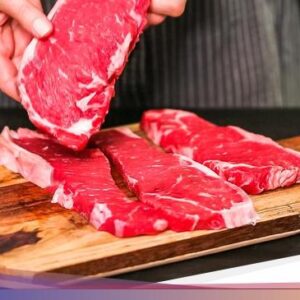KOMPAS.com – Eating fruit and vegetables every day is a good way to maintain health. However, don’t forget to wash it properly before consuming it.
Many people are aware that raw meat and fish can be dangerous if not prepared properly, with fresh fruit and vegetables often considered “safe.”
In fact, you can fall ill from consuming unsafe foods, which can also come from fruit and vegetables.
Also read: 11 Benefits of Grapes, Including Strengthening the Immunity and Healthy Skin
Why do fruits and vegetables need to be washed well?
Most fruit and vegetables are grown in open spaces, making them vulnerable to contact from insects, birds, dirt and pesticides.
Unwashed fruit and vegetables can contain bacteria, fungi, viruses and pesticide residues. Food packaging, storage and preparation processes also have the potential to contaminate fresh produce.
Even plants grown in a greenhouse or hydroponic system are not completely free of bacteria and pesticides. Therefore, washing fruit and vegetables is very important for food safety.
The best way to wash fruit and vegetables
The following is how to wash fruit and vegetables
Wash your hands first
Before washing fruit and vegetables, wash your hands so that germs on your skin are not transferred to the food to be cleaned.
Also read: Shine Muscat Grape Cultivation Techniques, a Premium Japanese Fruit Delicacy
Use cold running water
The easiest and safest way is to wash fruit and vegetables under cold running water. Rub the surface of fruits and vegetables with your hands to remove dirt, pesticides and some germs on the surface.
Make sure to wash until the surface looks clean. If you want to soak, use a clean bowl, not a sink that may be full of germs.
Avoid soap or bleach
Do not wash fruit and vegetables with detergent or bleach, as some fruit and vegetable skins can absorb these chemicals, potentially changing the taste, texture and making them unsafe to consume.
 .
.Cleaning method with vinegar and baking soda
Vinegar
Mix half a cup of vinegar with one cup of water to soak fruits and vegetables for 2-3 minutes while stirring.
After that, rinse with cold water for at least a minute. However, vinegar can affect the taste and texture of delicate fruit if soaked for too long.
Also read: What medicine do pumpkins use? Here’s a list of 10…
Baking soda






